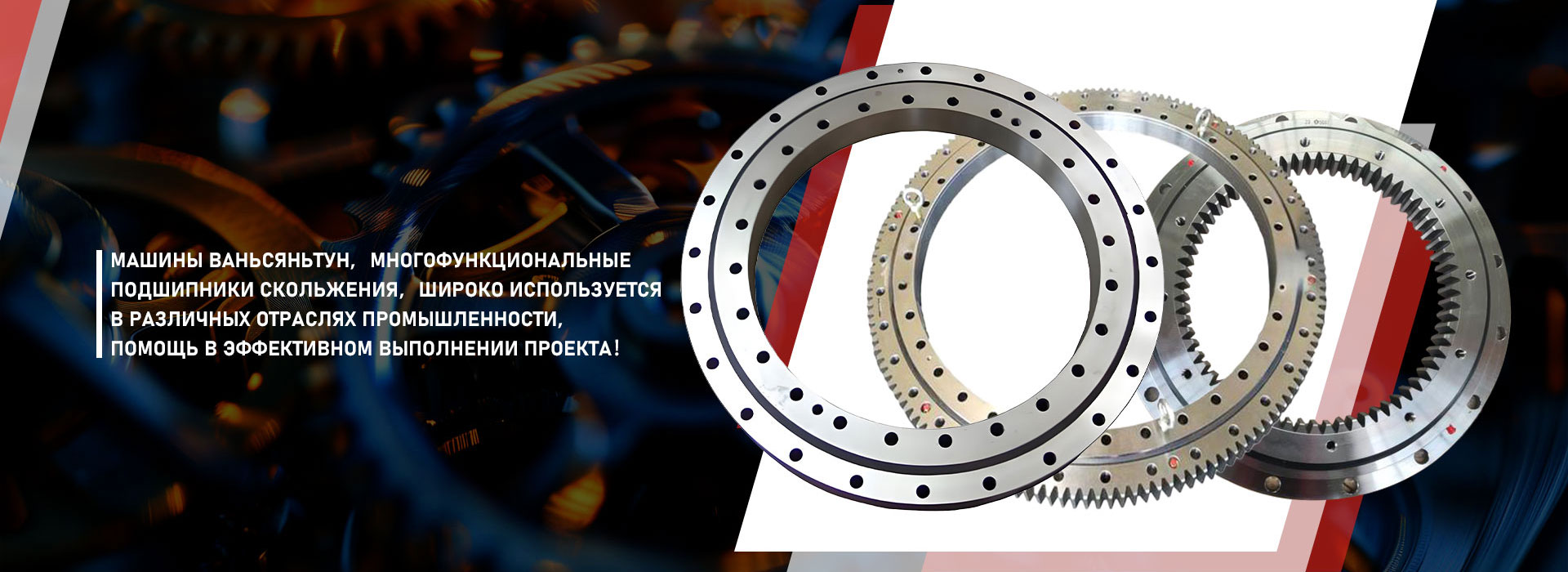
gear
Gear
From a simple mechanism to complex machines
The gear wheel is one of the most ancient and irreplaceable mechanisms. Imagine two circles, one of which is located - teeth. When these circles are in contact, the teeth of one wheel are hooked behind the teeth of another, and the movement is transmitted from one circle to another. This transmission of rotational movement is the basis of many mechanisms that surround us. Take, for example, a bicycle or clock - hundreds of such simple, but very important details are involved in their work.
How does a gear wheel work?
The secret in gearing. Each tooth is like a small lever. When one tooth on one wheel rests on the tooth on the other wheel, he transfers part of his strength, creating a rotational movement. At the same time, it is important that the teeth are perfectly fitted to each other, so that the engagement is reliable and smooth. Different forms of teeth allow you to transmit movement with different speeds and strength, which allows you to create a variety of mechanisms. You can even imagine how several wheels with a different number of teeth are connected with each other, creating an incredibly complex program of transmission.
Use of gear wheels in our life
Tough wheels are used in countless machines and mechanisms. From the simplest household appliances, to complex machines in factories, from hours to cars, gear wheels - everywhere. They provide smooth and effective movement of parts, transmitting power and rotation from one mechanism to another. Imagine a huge factory mechanism in which hundreds of such wheels work in unison to produce goods. Or think about the exact clock mechanism, where the gear wheels with amazing accuracy count the time. It is thanks to them that many modern technologies function as we are used to. A gear wheel is a small hero who is quietly, but very effective, helps us in our daily life.
AppropriateProducts
Corresponding products
The best soldproducts
The best -selling productsConnectedsearch
Related search- Cheap crankshaft gear 2110 prices
- Cheap kamas rotary bearing factory factory
- Cheap suppliers of gear
- Cheap suppliers of the gear of the crankshaft VAZ 2114
- The main countries of departure of the musculoskeletal bearings of the crane from China
- A hub bearing
- Cheap MTZ gear
- Price OEM 3 gears
- Conquered gear
- Countries of the main buyers of OEM 2nd program














